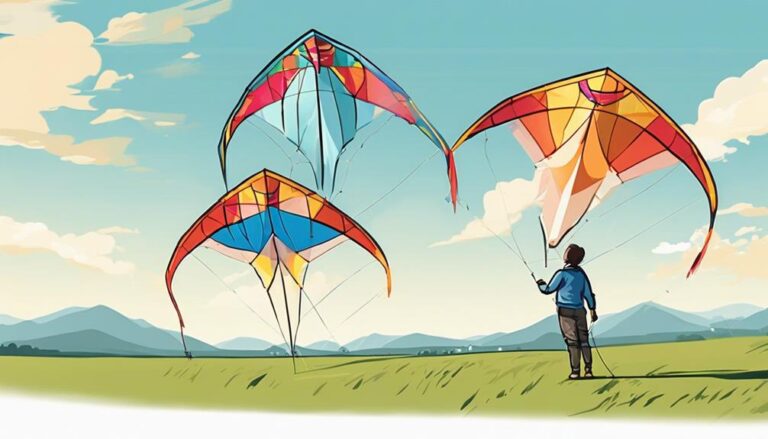Kites have been a beloved pastime for centuries, and it’s no surprise why.
The thrill of soaring through the air, the colors and designs, and the simple pleasure of being outside all contribute to the fun.
However, there are times when kites don’t fly as well as we’d like.
We’ll explore the reasons behind why kites keep crashing and what you can do to prevent it from happening.
Contents
The Role of Wind
One of the primary factors affecting a kite’s flight is the wind.
Wind speed and direction can significantly impact how a kite flies. A gust of wind can easily send a kite crashing to the ground, while a lack of wind can prevent it from taking off.
Therefore, it’s essential to understand the wind conditions before flying a kite.
Choosing the Right Location
Selecting the right location is another critical factor that can impact the success of a kite flight.
Wide-open spaces with minimal obstructions, such as trees and buildings, are ideal for flying kites.
In contrast, flying a kite in a congested area with plenty of obstacles can cause the kite to crash.
Additionally, kite flyers should avoid flying near power lines and other sources of electricity, which can be dangerous.
Proper Kite Assembly
Before flying a kite, it’s important to ensure that it is correctly assembled.
Improper assembly can lead to a kite’s failure to take off, fly erratically, or even crash.
Therefore, it’s vital to follow the manufacturer’s instructions when assembling a kite.
Additionally, inspecting the kite’s condition before flying is crucial. Checking for any tears or damage to the kite’s fabric, lines, and frame can prevent an accident during flight.
Using the Right Kite
Different kites are designed for specific wind conditions and skill levels.
Therefore, selecting the right kite is crucial for a successful flight. A kite that is too heavy or too large for the wind conditions can lead to crashes.
On the other hand, a kite that is too small or light can struggle to stay in the air during windy conditions.
Proper Line Handling
Proper line handling is another critical factor in kite flying. Incorrect line handling can cause the kite to crash or fly unpredictably.
Therefore, it’s essential to use a proper grip when holding the line and to avoid tangling it.
Additionally, avoid wrapping the line around your fingers or hands, as it can cause serious injury.
Conclusion
In summary, several factors can impact why kites keep crashing.
Wind conditions, location, proper assembly, the right kite, and proper line handling all play a critical role in the success of kite flying.
By taking these factors into consideration, kite enthusiasts can enjoy a safe and successful flight.






